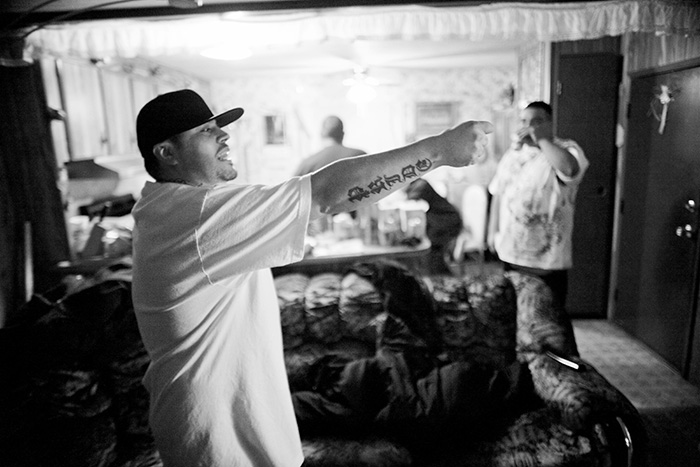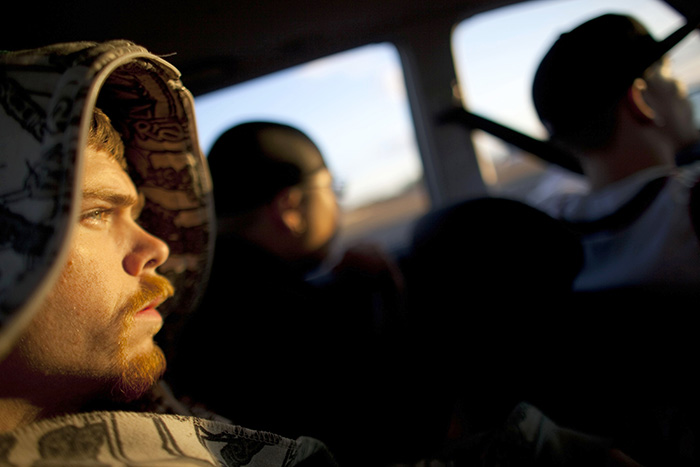Grant County, Washington, is a farming community a few hours’ drive inland from Seattle. With 2,700 square miles of open fields, a few small towns, and a tiny band of sheriff’s deputies, it’s not exactly a place commonly associated with gangs and violent crime. But in 2009, a 10-year-old boy was shot in the head when his parent’s trailer was sprayed with bullets. A 13-year-old girl was injured in a drive-by shooting while at home on a quiet street. All told, local law enforcement tallied nearly 100 gang-related robberies, shootings, and deaths that year, culminating in a raid by US Marshals that netted 50 suspected gang members—many with ties to the Mexican mafia.
With nearly one-fifth of the county’s population below the poverty line, some young people here say they see gangs as the most reliable way to make a living. This large recruitment pool, along with ample empty space for clandestine drug and weapon deals and admittedly overwhelmed law enforcement, have led more than a dozen established gangs to set up outposts here.
Local officials have tried to clean up the county’s image, and while they have succeeded in convincing Microsoft and Yahoo to build warehouses, these have only become targets for repeated burglary. The influx of gangs has been a shock to the community, said Sheriff’s Deputy Joe Harris: “It was always, ‘Oh, that’s LA or San Francisco’—somewhere else, always poor kids from somewhere else.” In other words, not here.
But for Grinch, 29, a leader of the gang known as the “Marijuanos,” the explosion of gangs in Grant County is a grassroots movement. “[The younger kids] see us rap, drink. They all want in. All I have to do is ask, and they’ll kill. It’s that easy. Because this is not a choice for us. This is how shit is. This is life.”



